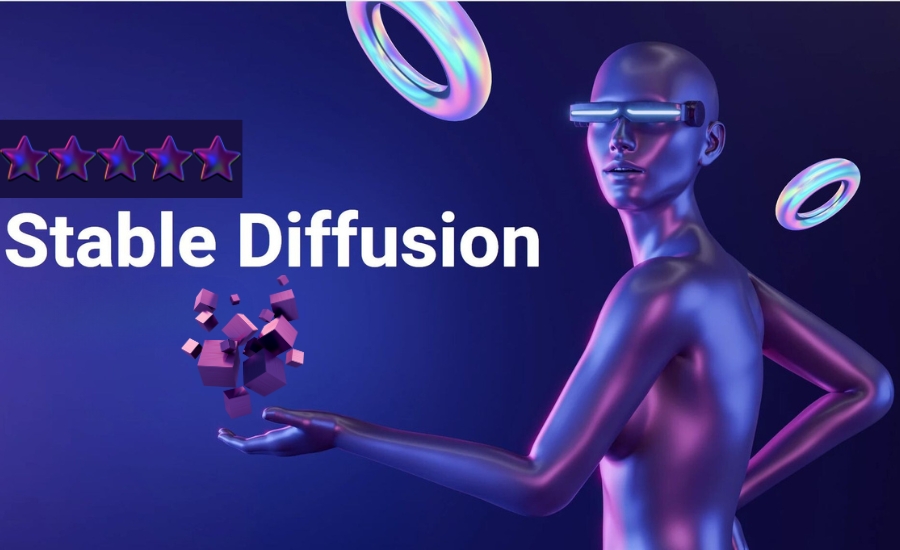Blockchain is a buzzword that seems to pop up on a lot of topics about the future of technology. While the applications for this technology seem endless, not many people are entirely sure what blockchain is. In this article, we will introduce an overview of blockchain technology.
I. What is blockchain technology?
Blockchain technology is a distributed ledger technology, decentralized, record-keeping of digital asset ownership. Data in the blockchain is stored in blocks that are linked together in a chain.
Although often associated with cryptocurrencies, blockchain technology is not specific to the digital asset market but can serve a wide range of industries.
II. Features
- Decentralized
Blockchain is a decentralized technology, meaning that it is not controlled by any centralized authority. Instead, all information is shared between nodes. The entire network operates on a peer-to-peer or user-to-user principle.

Features of blockchain – Image: saraftechblog.com
- Immutability
Blockchain is a permanent network and cannot be changed. It is checked automatically every 10 minutes. Data corruption and attacks cannot be performed on blockchains.
- Consensus
Consensus is an algorithm that decides for the group of nodes operating on the network to reach an agreement. Every blockchain has consensus to help the network make quick and unbiased decisions.
- Security
The data is fully secured by encryption with private and public keys. All records in the blockchain are encrypted privately. Using encryption adds an extra layer of security to the entire process on the blockchain network.
III. The main components of blockchain technology

The main components of blockchain – Image: codeforgeek.com
1. Distributed Ledger
This is a shared database in the blockchain network. Participants at each node of the network can access records shared on that network and own an identical copy of it.
2. Smart contract
Smart contracts are simply programs stored on a blockchain that automatically run when certain predefined conditions are met. It helps to reduce human intervention and dependence on third parties.
3. Public key encryption
Public key cryptography involves a pair of keys known as public and private keys. The public key is shared by everyone in the network, while the private key is unique to each member.

Public key and private key in blockchain – Image: blogtienao.com
IV. Uses of blockchain
The use of blockchain technology brings many benefits compared to other traditional technologies.
- Business processes are better protected by blockchain’s high level of security.
- Institutions can execute transactions faster. In some cases, the blockchain can process a transaction in just a few seconds.
- Blockchain helps businesses cut costs by eliminating middlemen (suppliers and third parties) that already provide the processing that blockchain can do.
- Blockchain can help track the origin of many types of items, such as drugs, to confirm they are legitimate instead of counterfeit items.
V. How did blockchain technology develop?
What is blockchain development? It is not an easy process but takes a very long time. The first concept of blockchain dates back to 1991 when the idea of a blockchain was introduced by Stuart Haber and Wakefield Scott Stornetta. Up to now, more than 30 years blockchain technology has developed through the following 3 stages:

Development stages of Blockchain – Image: the-tech-trend.com
- Phase 1 – Digital Currency: Bitcoin is seen as representative of this phase.
- Phase 2 – Smart Contract: With the convenience of smart contracts, blockchain at this stage is applied in the fields of games, finance, and government management,…
- Phase 3 – Scalability: Blockchain technology is still improving and evolving. With so many opportunities in the future, blockchain platforms will scale even further.
Thus, the above is an overview of blockchain technology. Hope it can help you get more useful knowledge. Blockchain development or blockchain applications in the future will have a lot of openness and potential. Don’t forget to learn more about how blockchain works here.












